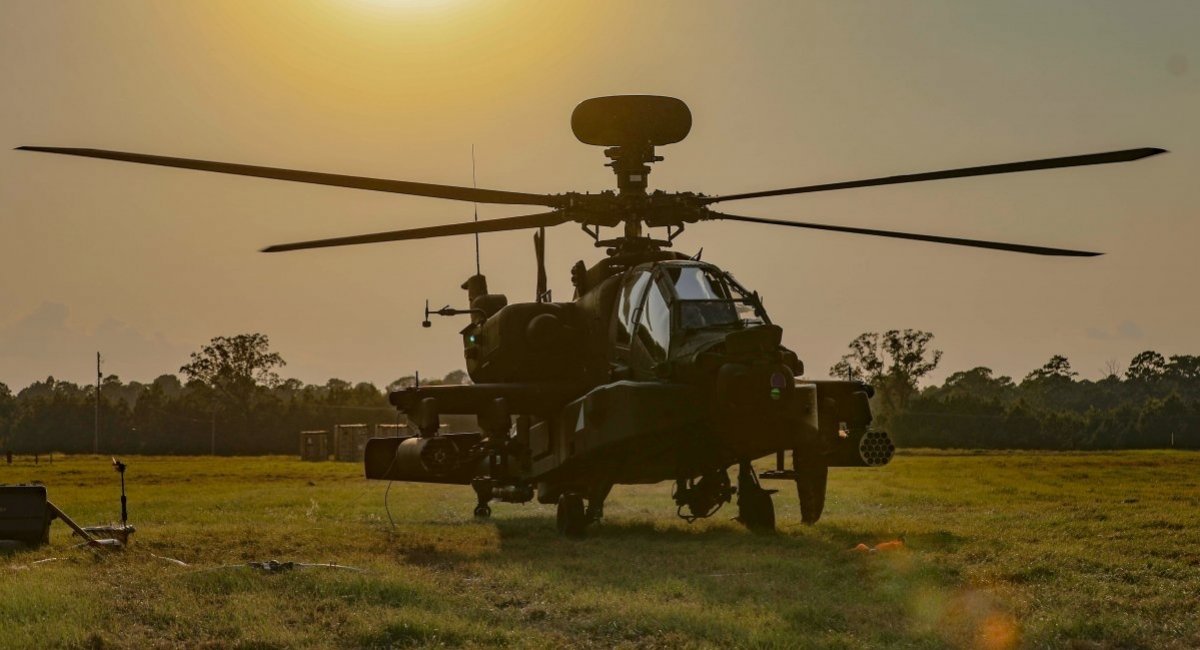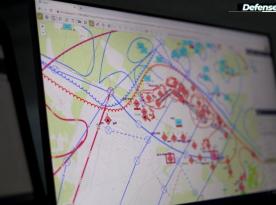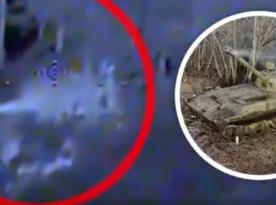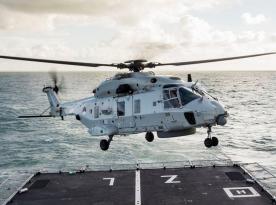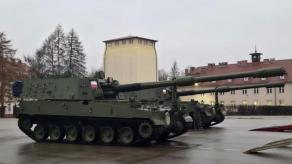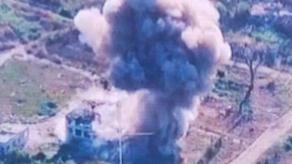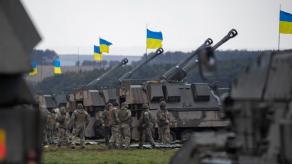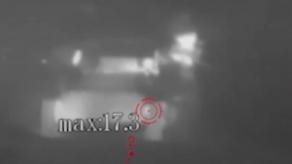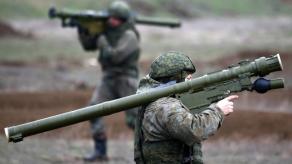American attack helicopter AH-64 Apache is to celebrate exactly 50 years since its first flight in 2025. While military analysts question whether there is still a place for attack helicopters on the modern battlefield at all, Boeing remains confident and furthermore, believes that their Apache will stay in service even for the second half of the 21st century.
The company's business development director for the Apache and AH-6 models T.J. Jamison has even slightly unveiled this helicopter's future in a lengthy interview with The War Zone. Defense Express offers a brief rundown of the main points, particularly regarding the lessons Boeing learned from the war in Ukraine, with our commentary.
Read more: France Adopts New Trend of Involving FPV Drone Operators in Helicopter Flights
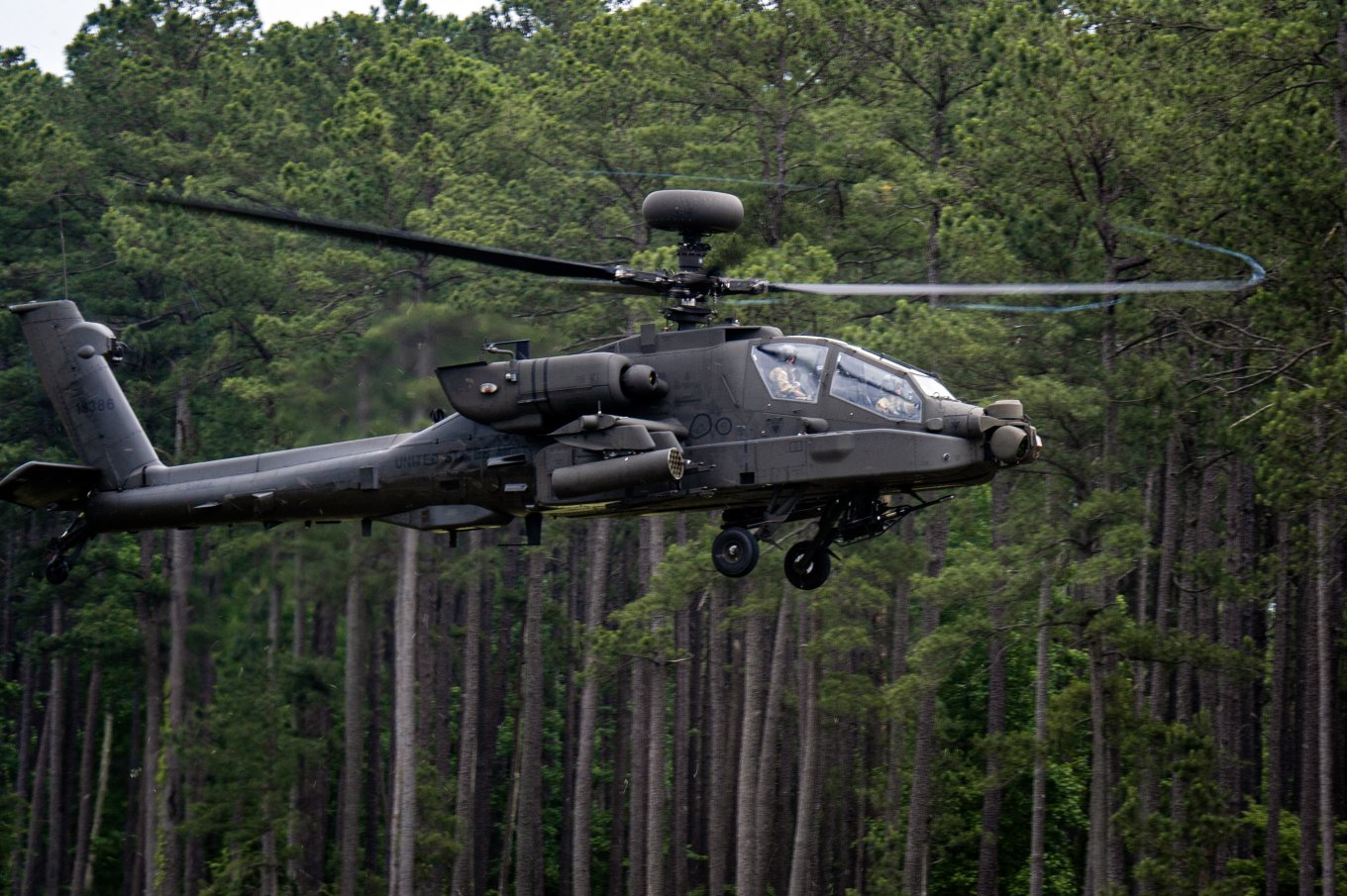
Specifically with regard to what they saw in Ukraine, Jamison warned against jumping to "blanket conclusions," although admits the impact of cheap weaponized drones on the war is undeniable. That is why, the ability to counter this threat will definitely be incorporated into the new, yet unnamed, version of Apache coming somewhen after the current modernization AH-64E (stands for Echo).
He also discards allegations that Apache wasn't designed for a continental war on European theater like this. It's the opposite, this helicopter was created to face mass tank assaults by the USSR. In 1984, when first operational AH-64A models began to enter service, the U.S. Army got an effective mobile anti-tank tool precisely "to fight on the plains of Europe against a high-intensity, near-peer adversary," TWZ quotes Jamison as saying.
The future next-gen Apache will need a more powerful engine in order to stay relevant, namely the General Electric T901 with a power output of 3,850 hp (as stated by TWZ journalists, while the manufacturer says it's 3,000 hp). It will replace the current T700 with its 2,000 hp. The engine upgrade will come with a new tail rotor and transmission. However, the re-motorization is put on hold because the U.S. Army first prioritized updating the Black Hawk transport helicopter.
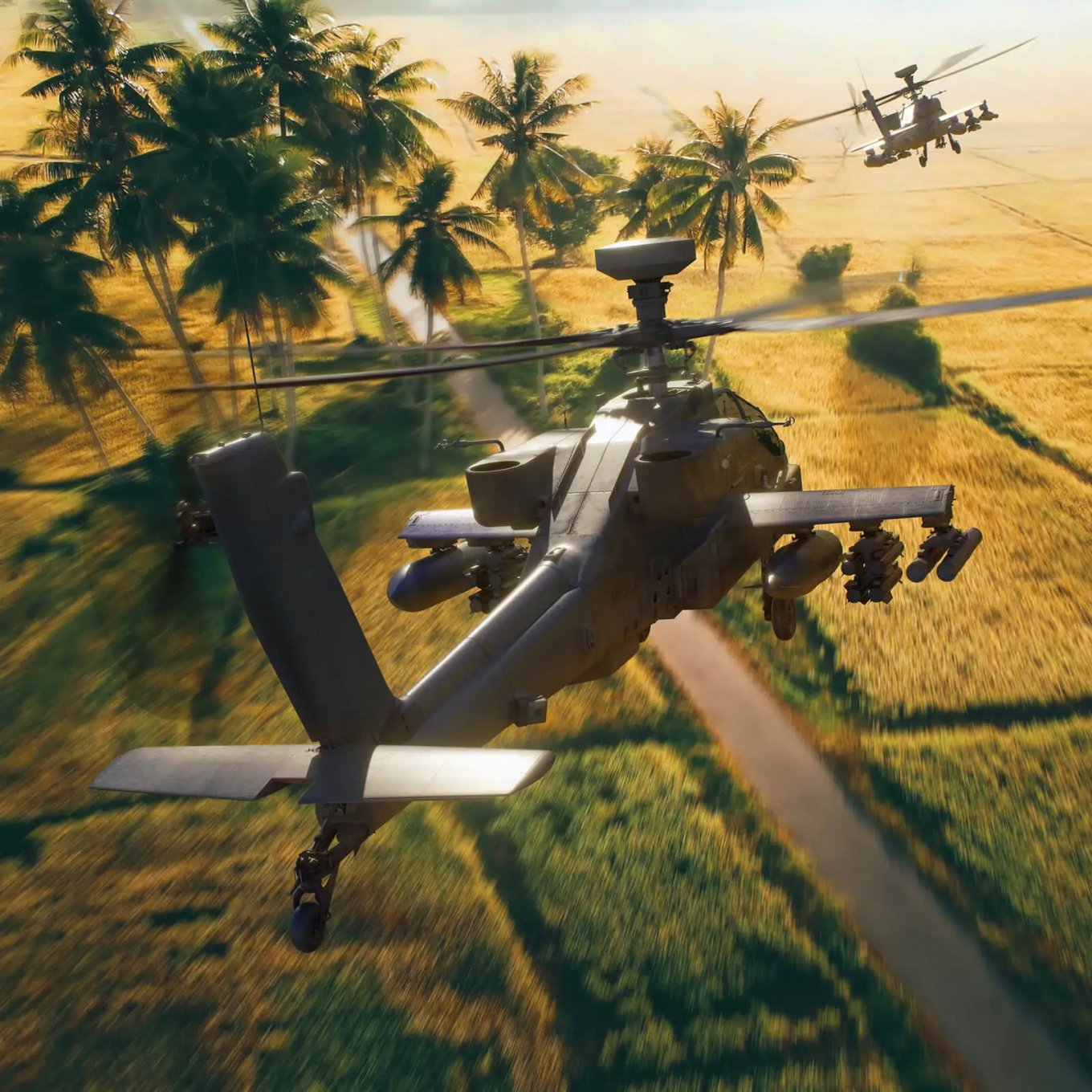
The new power plant will increase Apache's combat radius allowing it to be more active in the Pacific and take more weapons aboard. The concept arts, for example, hint at Boeing's intentions to lengthen the helicopter's wing, adding two extra hardpoints.
The developers are also mulling over changing the Apache fuselage, which must be replaced anyway due to wear and tear. This will expand the capacity for integrating a variety of subsystems. Accordingly, the aerodynamics of the chopper will also be refined, an option considered is to transfer the radar away from atop the main propeller to reduce frontal drag.
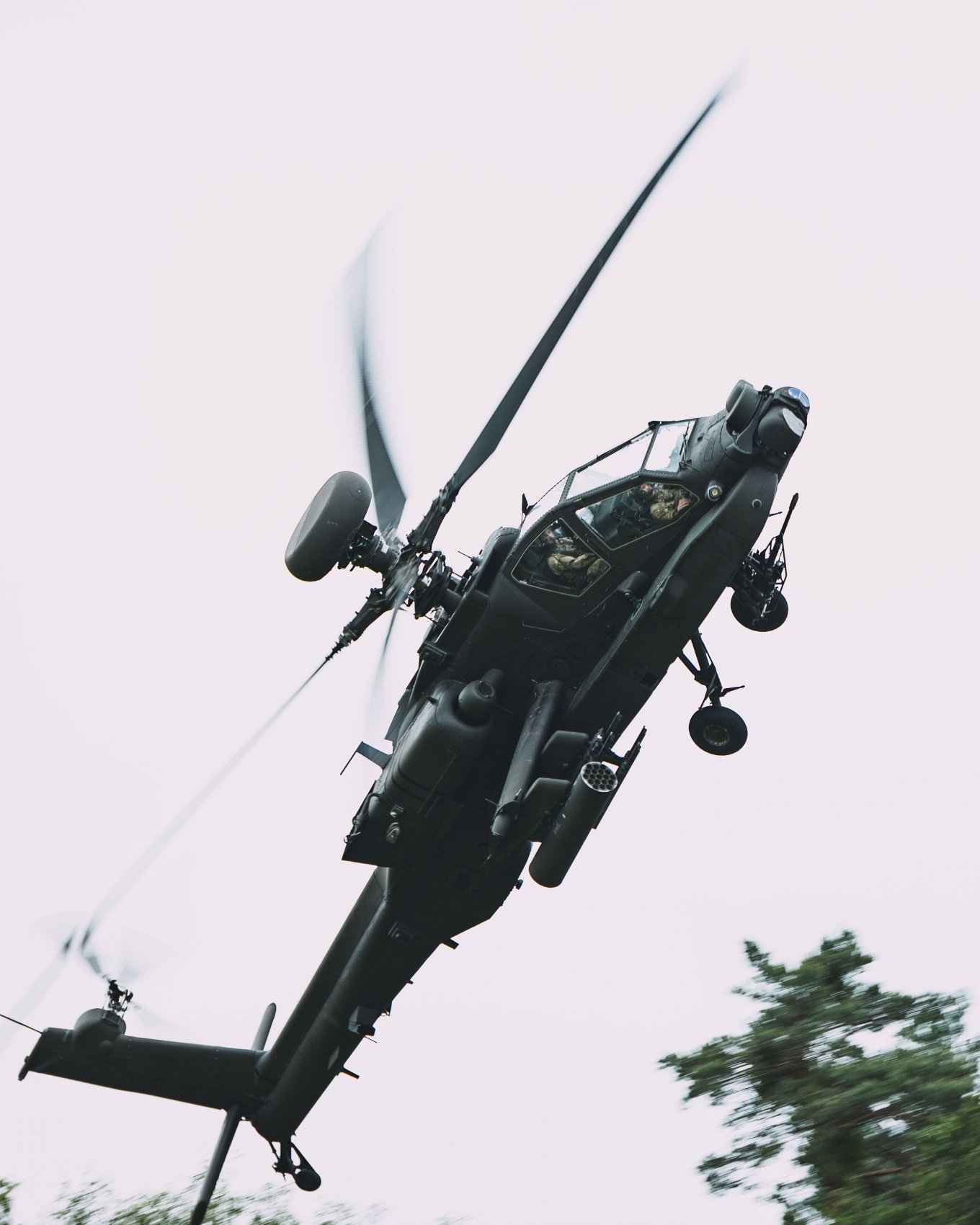
After all, the very idea of peeking from above the trees by exposing the radar is not so relevant now because of the Link 16 data link and the capability of receiving third-party targeting data it brings to the crew. On the other hand, adding a landing gear folding mechanism was deemed inefficient because it only increased weight, effectively negating the advantage they offer in aerodynamics.
At the same time, the absolute majority of updates that will affect the combat capabilities of the new Apache will be less noticeable. The company is planning to further digitalize all aspects of the attack helicopter. Starting with the integration of heads-up displays, like those in the helmets of F-35 pilots, automating a multitude of tasks to relieve the pilots' burden, and building the entire helicopter software on open architecture principles for constant updates.
Right now, Boeing expects that upgrading the Apache E should be started between 2032 and 2035. Therefore, only the general features and outlines of the new helicopter are being discussed for now. Either way, the Pentagon objectively has no alternatives, having canceled the $2 billion FARA program which was supposed to partially replace the Apache and fully replace Bell OH-58D Kiowa.
Read more: USA Fixed the Biggest PATRIOT Drawback By Integrating It With LTAMDS Radar



